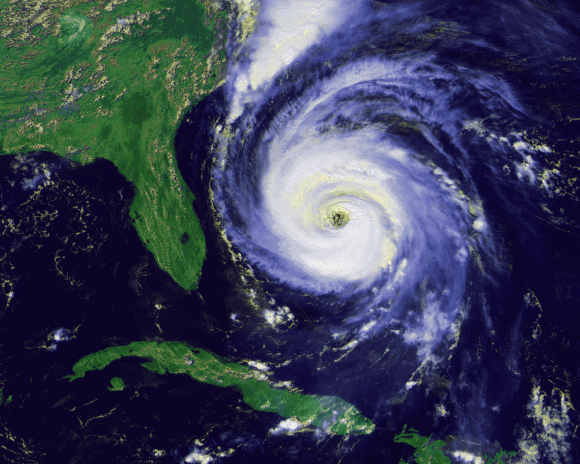

| Visitors Now: | |
| Total Visits: | |
| Total Stories: |
Five Lessons from Hurricane Sandy
Hurricane Sandy was a hurricane that devastated portions of the Caribbean and the Mid-Atlantic andNortheastern United States, with lesser impacts in the Southeastern and Midwestern states and Eastern Canada, in late October 2012. Sandy, the eighteenth named storm and tenth hurricane of the 2012 Atlantic hurricane season, was a Category 2 storm at its peak intensity. While it was a Category 1 storm off the coast of the Northeastern United States, the storm became the largest Atlantic hurricane on record (as measured by diameter with winds spanning 1,100 miles (1,800 km)).[4][5] Preliminary estimates of losses due to damage and business interruption are estimated at $65.5 billion (2012 USD), which would make it thesecond-costliest Atlantic hurricane behind only Hurricane Katrina. At least 253 people were killed along the path of the storm in seven countries.[6]

Lesson #1: Washington Is Not an ATM.
It took less than two weeks after the hurricane hit for New York Governor Andrew Cuomo to seek a massive federal handout of more than $42 billion. The New York Times reported that “the governor’s advisors provided a staggering inventory of need” that will require “an emergency appropriation” from Congress. The story noted that Cuomo “intends to use the money from Washington for far-reaching improvements to the critical but decaying infrastructure of the city and state.”
Cuomo’s plans include “replacing the region’s power grid with a so-called smart grid,” modernizing the fuel supply capacity, building new oil and gas pipelines, and creating “an emergency petroleum reserve.”[2]
However, Governor Cuomo’s “staggering” list goes far beyond getting federal aid to rebuild. These funds are coming from the taxpayers in the other 49 states. One report noted that “the governor said New Yorkers shouldn’t be expected to pick up the cost through higher taxes—a strategy that he believes would ‘incapacitate’ the state.”[3] Instead, he wants to get a federal handout to cross items off of his wish list.
Lesson #2: States Should Not Be Rewarded for Being Unprepared.
New York should have to put some serious skin in the game. Due to the nationalization of natural disasters over the past two decades,[4] too many governors and state legislatures have either defunded their own disaster funds or failed to provide funds for events such as major hurricanes.
Those governors and legislators, including the current ones in New York, should not be rewarded for their failure to be prepared. States should prepare for large-scale events. If they do not, they should be held accountable by taxpayers in their states.
Lesson #3: The Broken Window Shatters Again.
In 1850, French economist Frederic Bastiat wrote:
[If] you come to the conclusion, as is too often the case, that it is a good thing to break windows, that it causes money to circulate, and that the encouragement of industry in general will be the result of it, you will oblige me to call out, “Stop there! Your theory is confined to that which is seen; it takes no account of that which is not seen.”
It is not seen that as our shopkeeper has spent six francs upon one thing, he cannot spend them upon another. It is not seen that if he had not had a window to replace, he would, perhaps, have replaced his old shoes, or added another book to his library. In short, he would have employed his six francs in some way, which this accident has prevented.[5]
One would think that 162 years of history would have demonstrated the truth of Bastiat’s parable, yet the idea that the damages caused by an event are a windfall opportunity for those who are affected remains as vibrant as ever.
Lesson #4: Disaster Relief as Stimulus? Don’t Count on It.
Every dollar spent to rebuild is a dollar that would have been spent on some other activity. To be sure, the new infrastructure will be better than the old infrastructure, but the funds spent to build it would have been spent on other activities that would have provided the same or a greater economic return. At best, the net impact is near zero.
The Bloomberg story cited above quotes an economist claiming that “[r]econstruction after a storm has an effect similar to a government-funded stimulus program.” Given the disappointing results of the American Recovery and Reinvestment Act, the last thing Americans need is economists telling them that billions more in federal spending will “stimulate” the economy. America has had enough broken windows already.
Lesson #5: Leverage the Private Sector.
Most important, it is critical to engage and leverage the private sector in recovery efforts. Though federal funds can assist in rebuilding infrastructure, the only way to restore what was lost in the devastation is to make it as easy as possible for the private sector to return, rebuild, and reinvigorate those communities and businesses that were affected by the storm. As Heritage wrote after Hurricane Katrina:
The second phase is to create the best possible conditions for rebuilding lives and communities, recognizing that many will look very different in the future as people and communities respond and adapt. The key to making this phase successful is to encourage creative and rapid private investment through incentives and reduced regulation, and to channel long-term education, health, and other assistance directly to the people and areas affected so that they can control their future.[6]
Source http://www.heritage.org/research/reports/2012/11/five-lessons-from-hurricane-sandy
If you liked this story don’t forget to hit the RECOMMEND CONTRIBUTOR button at the top of the page so that I can bring you more stories like this. I don’t get paid and it is a way to say thanks. Thanks so much!!!



